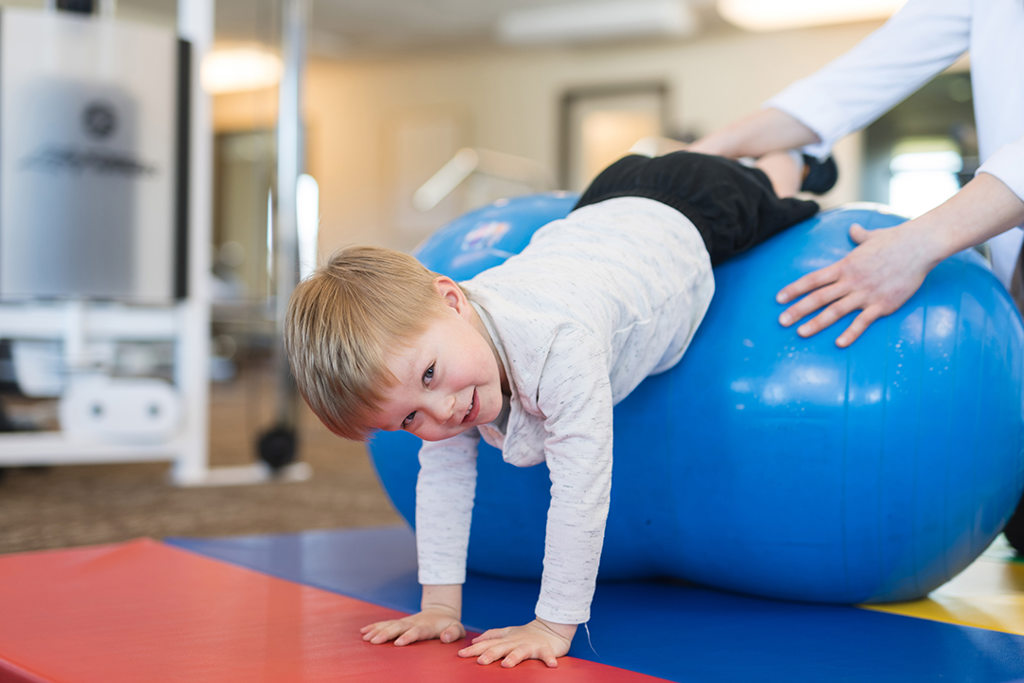
Pediatric Rehabilitation Boosts Kids Up
Pediatric Rehabilitation
Pediatric rehabilitation is a medical specialty focused on helping children ages 0 to 18 recover from or adapt to congenital and childhood-onset disabilities. Pediatric rehabilitation includes pediatric occupational therapy, pediatric speech therapy, and children’s physical therapy.
Pediatric Rehabilitation Offered at Penn Highlands
Penn Highlands expert rehabilitation teams offers three types of pediatric rehabilitation: pediatric occupational therapy, pediatric speech therapy, and children’s physical therapy. A child may require only one type of therapy or multiple types, depending on his or her condition.
- Pediatric occupational therapy helps children with disabilities learn how to perform tasks related to daily living, such as getting dressed, bathing, following directions, gripping a pencil, recognizing letters, and more. The goal is to help them be as independent as possible by adulthood.
- Pediatric speech therapy addresses all aspects of oral communication problems in children, including stuttering, low volume, poor articulation, limited vocabulary, and inattention. It also helps kids who have problems eating or swallowing.
- Children’s physical therapy helps children with movement dysfunction from an injury or disorder to develop the strength and coordination needed to participate in activities at home, school, and the community.
Does My Child Need Pediatric Rehabilitation?
Many children can benefit from pediatric occupational therapy, speech therapy, or physical therapy. Children with diagnosed disabilities stemming from congenital conditions, injury, or childhood-onset illness should be evaluated by a physiatrist or physical therapist. Talk to your child’s pediatrician if you think your child is lagging in their physical or mental development. The sooner pediatric rehabilitation can begin, the better the outcomes.
Some of the conditions most commonly helped by pediatric rehabilitation include:
- Cerebral palsy
- Spina bifida
- Neuromuscular disorders
- Acquired brain injuries
- Spinal cord injuries
- Limb deficiencies
- Gait abnormalities
- Musculoskeletal conditions
- Brachial plexus palsy
